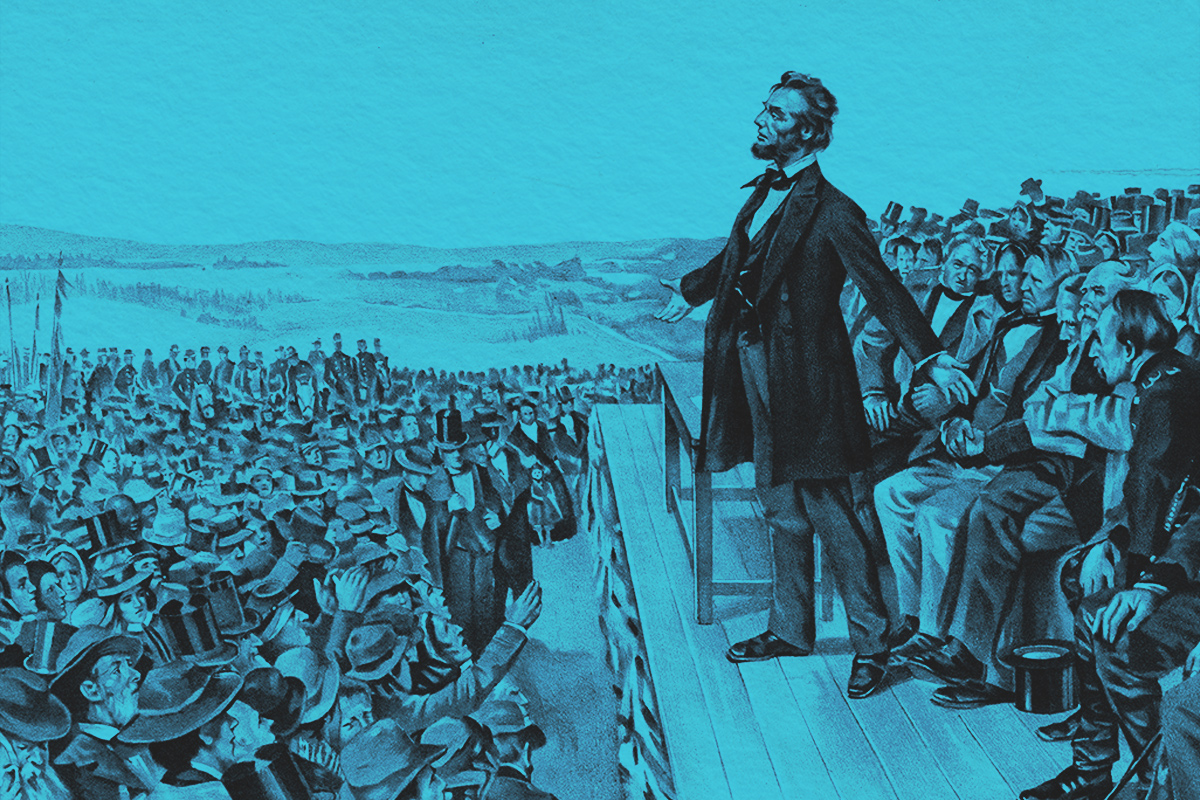
“On cloud nine” is another way to say that you’re experiencing pure bliss. Imagine your happiest moment — maybe it’s time with your dog, taking a vacation to a new country, or eating your weight in potato chips. Whatever your road to happiness may be, there’s a long-standing connection between contentment and clouds, so let’s learn why cloud nine is the most joyous of them all.
The Online Etymology Dictionary notes that this idiom was coined by 1950, though it may have originated in the late 19th century. The International Cloud-Atlas was published for the first time in the 1890s, categorizing clouds into 10 types. The ninth type was cumulonimbus — notable for a fluffy appearance that may evoke feelings of comfort and happiness in cloud watchers. But even with the numerical categorization, there’s no direct proof that the International Cloud-Atlas inspired the idiom “on cloud nine.”
So what did? Well, there are some similar mid-20th-century idiomatic examples combining clouds with numbers. One of the earliest instances appears in Albin Pollock’s 1935 slang dictionary The Underworld Speaks, which reads, “Cloud eight, befuddled on account of drinking too much liquor.” By 1960, “cloud seven” implied happiness — the Online Etymology Dictionary suggests a potential connection to the idyllic “seventh heaven.” A reference appeared in The Dictionary of American Slang: “Cloud seven — completely happy, perfectly satisfied; in a euphoric state.”
While many types of clouds evoke a dreamlike, euphoric state, “cloud nine” eventually became more popular than “cloud seven” and “cloud eight,” and we might find the answer as to why in pop music. “Cloud Nine” was a popular 1968 Temptations song, earning Motown Records its first Grammy. Almost 20 years later, in 1987, former Beatle George Harrison released an album titled Cloud Nine. It’s fair to assume people are more likely to remember these musical references than they were to read any mid-20th-century slang dictionary, which may help explain cloud nine’s enduring popularity.





















